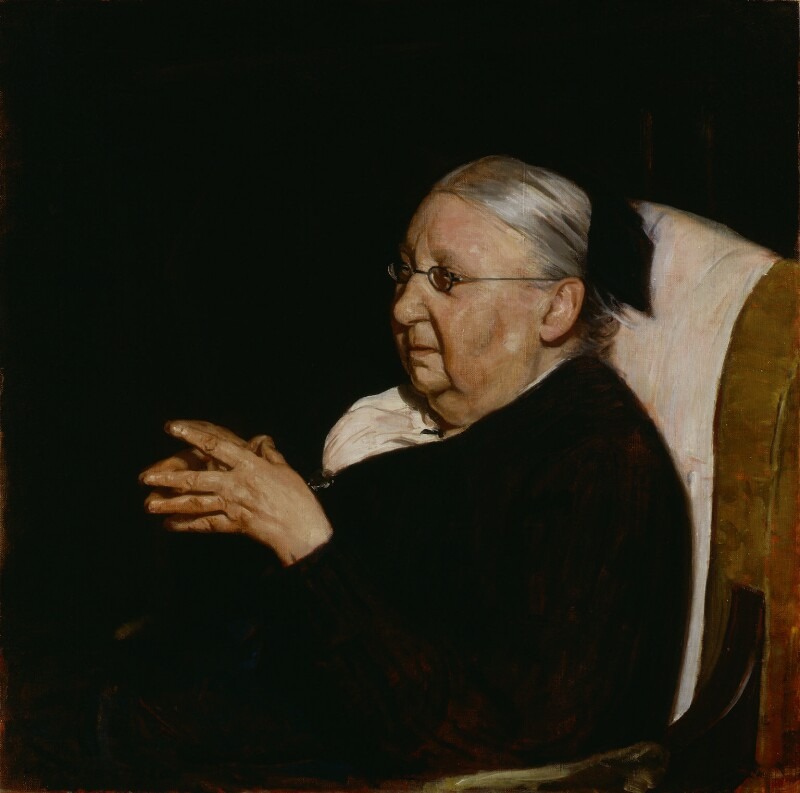From the cradle in Surrey, fate cast its constraints on the girl child that would mature to be Gertrude Jekyll, the “mother of the English garden”.

From an early age it was apparent that Jekyll (pronounced JEE-kul) would be a large and rather plain woman.
Perhaps, sensing inevitable spinsterhood, her parents allowed her to attend Henry Coles’ School of Art at South Kensington in London. It was here that Gertrude first made some of her many friends in the sphere of the Arts and Crafts Movement and fell in love with the creative art of planting.
In 1889, when Ms. Jekyll was 46 she met the aspiring, young architect Edwin Lutyens who was then, only 20. They quickly developed a mutual respect for each other’s work and a lifelong friendship ensued. Gertrude helped build Edwin’s career in Surrey by bringing him clients. In gratitude, one of Lutyens’ earliest jobs was the design of her home at Munstead Wood. Later, his children would come to affectionately know Gertrude as Aunt Bumps due to the rough Surrey roads she took them over in her pony cart.
Certainly, there were very few bumps in Jekyll’s professional gardening career. Her early training as an artist evolved into her understated, painterly approach to the display of the gardens she created, particularly with herbaceous borders. Her work is identified with radiant color and the brush-like strokes of her plantings. Jekyll was one of the first horticulturists to consider the color, texture, and experience of gardens as the dominant features in her designs. Later in her life, she collected hundreds of plants solely for the purpose of preservation and sent many to numerous institutions across Britain.
Gertrude Jekyll was a prolific writer, contributing over 1,000 articles to magazines such as Country Life and The Garden. She also wrote over fifteen books, including, Wood andGarden, (published in 1899), Home and Garden (1900), Wall, Water and WoodlandGardens (1901), and Old West Surrey (1904), a nostalgic chronicle for the Surrey of her youth, before trains brought hordes of Londoners into the scene.
While few of Gertrude’s gardens have survived, those at Hestercombe House in Somerset and Upton Grey in Hampshire have been restored, as well as her own Munstead Wood in Surrey. It is no exaggeration to propose that England’s horticultural heritage is founded on the cornerstone of this witty woman’s efforts. Rightly so, her obituary stated, “To Gertrude Jekyll is due not only the complete transformation of horticultural design, but also that wide diffusion of knowledge and taste that has made us almost a nation of gardeners “.
by John Bagnasco
